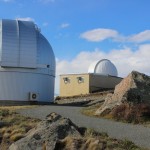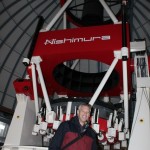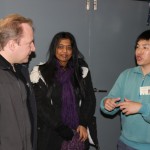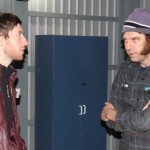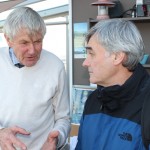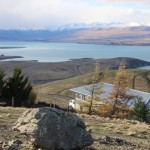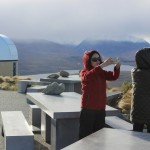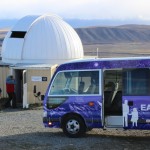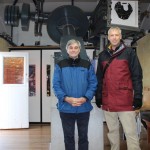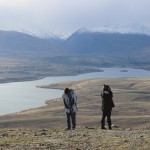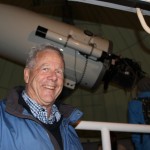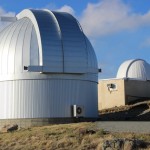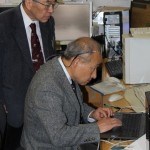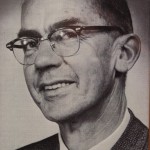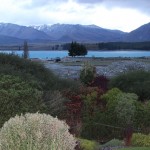As Dr. Rattenbury has already mentioned in a previous post, the golden anniversary of the Mount John University Observatory (MJUO) was celebrated this year. I was fortunate to have been given the opportunity to attend and absorb the individual experiences of the astronomers.
The symposium’s theme centered around the observatory’s past, present and future. What I found most charming were the many stories told by astronomers who have become part of its history and who have had MJUO become an important part in their own lives in return.
Many times it felt like I was being transported to a cozy chair by a fireplace with grandpa recollecting the fascinating stories of his life, the adventures he had as an astronomer.
Here are only some of the many interesting things I heard during the symposium.
Audrey Walsh reflected upon her father, Frank Bateson’s work in establishing MJUO. Frank Bateson is the father of NZ astronomy, is has been said. In his own words, he was a “businessman by profession, astronomer by nature”. Hearing these words was an extremely inspiring moment for me, for it brings to my mind the image of a man who was passionate about his work.
Ed Guinan gave an entertaining account of the adventures and misadventures he had during the year he spent at MJUO and NZ in general. It was disheartening to hear that a chart of his results, which he kept close to him instead of shipping it, out of fear of losing it, was after all lost to the USSR customs while travelling through Russia.
The talk given by Alan Thomas painted a vivid picture of the contrast between observational astronomy as it was done all those years ago and how it is done now. Part of the excitement then was enduring the cold of the nights, snuggled up against a telescope in the open, in a sleeping bag, with a hot beverage, looking through the eye-piece.
Graeme Kershaw’s talk highlighted the fact that many countries have lost contact with the night sky so that lots of people come to lake Tekapo just to see the stars. He also pointed out the growing frustration of the elderly who grew up gazing up at the stars but can not offer the same to their children.
Many other talks painted similar pictures and drove it home that MJUO is one of the world’s most beautiful and easily accessible telescopes, rich with history and memories of individuals.
I have come out from this celebration with a refreshed aspiration for astronomy!

